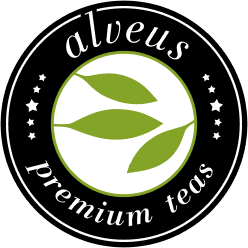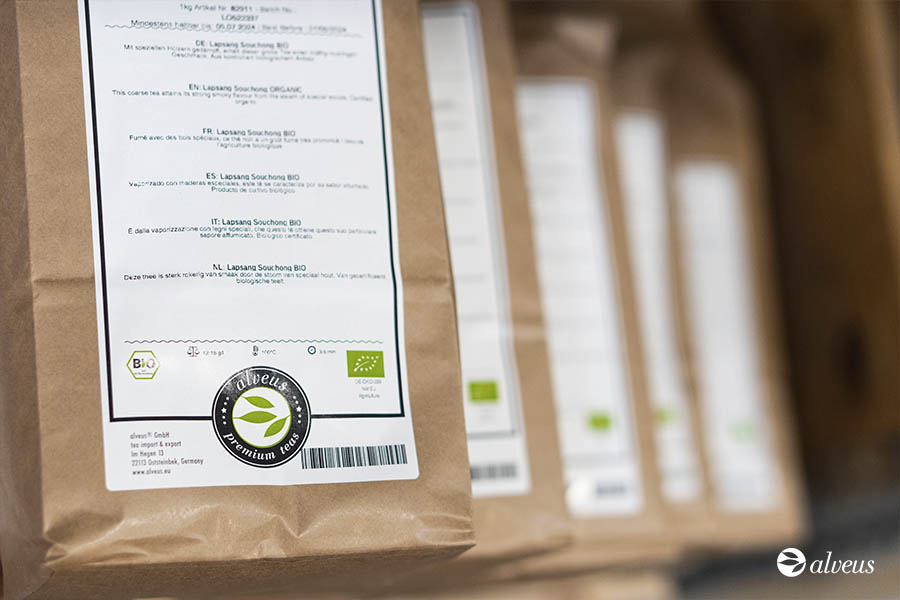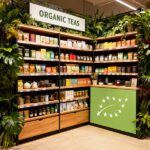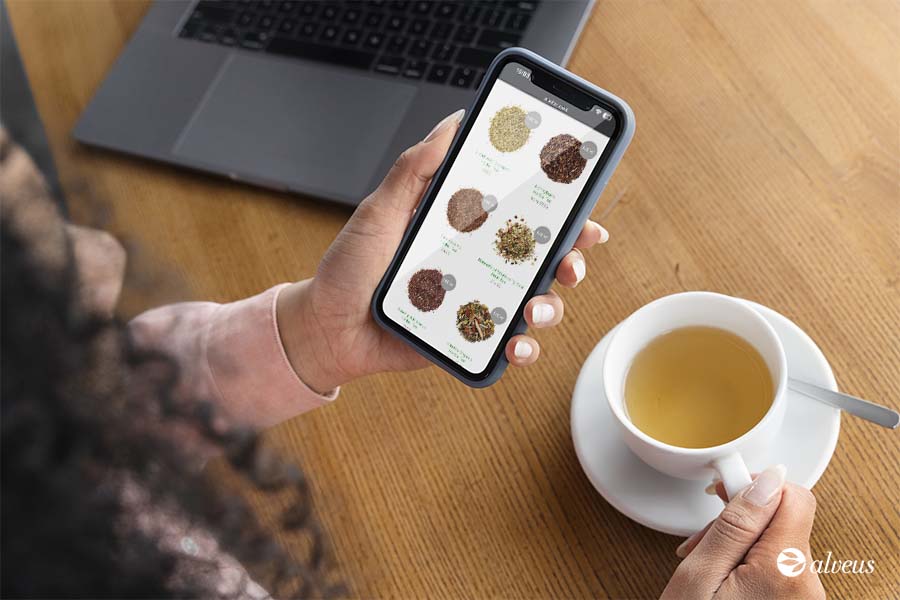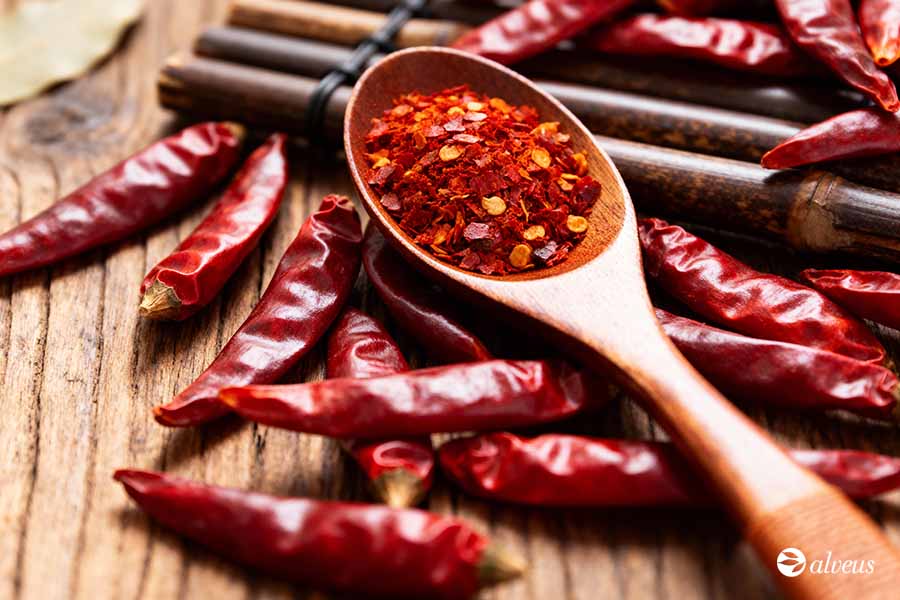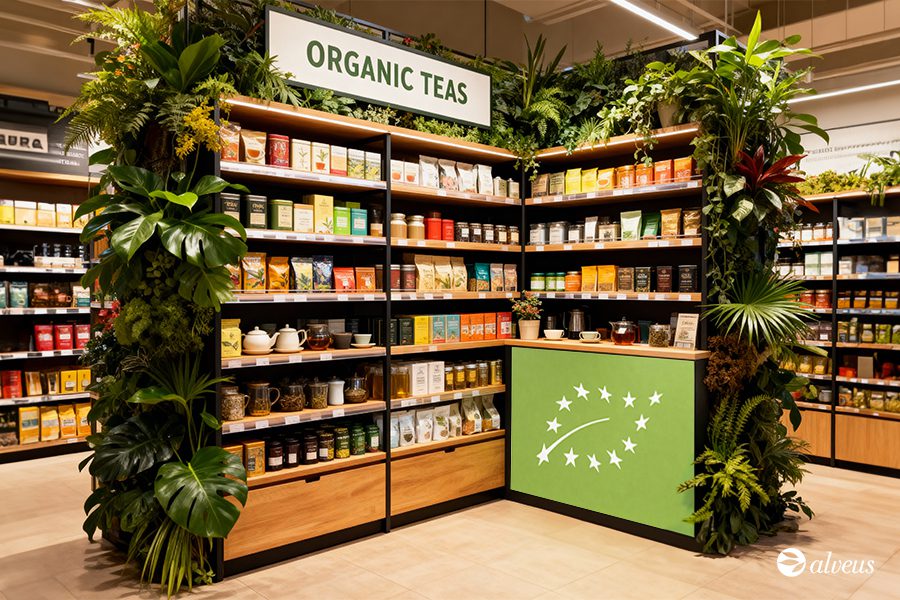Increasingly, tea businesses are seeking to sell organic tea. If that’s your case, before filling your shop window with green leaves and “ORGANIC” labels, it’s worth understanding the concept.
In the tea world, the term “organic” has a very specific meaning, as well as many nuances.
It’s not just a pretty adjective or a vague promise: it’s a working system that affects the entire chain, from the garden where the plant is grown to the moment the product reaches the customer’s cup.
Understanding what it involves, and what it doesn’t, is essential for any shop or brand aiming to offer a consistent and trustworthy range.
Drawing from our experience as pioneers of organic tea in Europe, we’ve created this guide to help you understand what organic means in tea, and what it doesn’t.
What Really Lies Behind the Term “Organic”
When a tea is declared organic, what lies behind it is a production model governed by strict rules.
In the field, the use of synthetic fertilisers and pesticides is restricted; living soils are encouraged through compost and organic matter, and functional biodiversity is promoted. In other words, it’s not just about “not using chemicals”, but about maintaining a natural balance that preserves soil fertility and plant health in the long term.
Traceability is another key pillar. Each batch must be traceable from the original estate to the final packaging, and the entire process is subject to annual audits carried out by independent control bodies. These organisations review records, perform field and factory inspections, and issue the certificates that support the use of the organic label.
In this sense, selling organic tea isn’t about showing a logo; it’s about being able to prove, with documentation, that everything is compliant.
In the day-to-day of a shop, this means something important: certification isn’t a decoration. It’s a living documentation system that must be renewed, filed, and reviewed regularly.
How Does This Translate in a Tea Garden
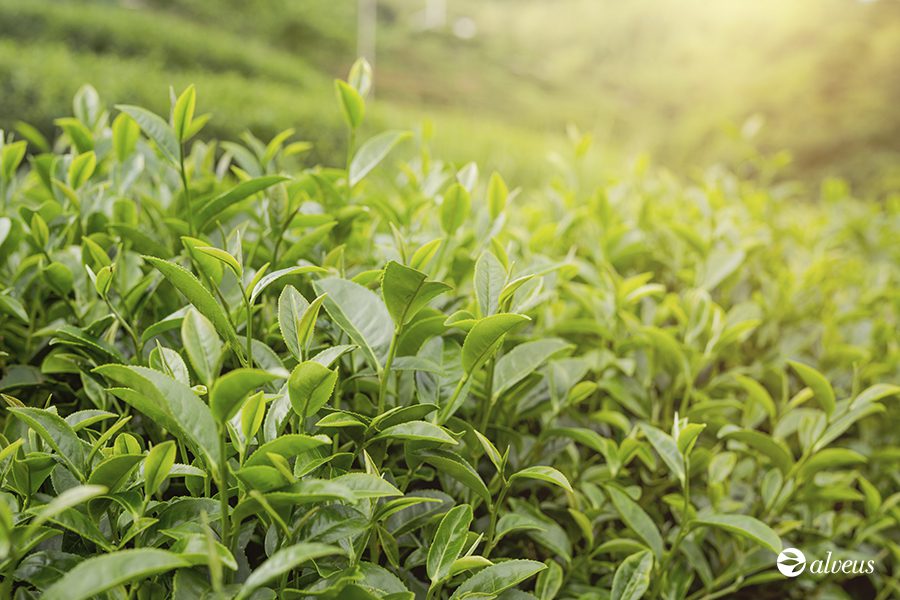
On an organic tea estate, the soil is treated almost as if it were alive. It’s fed with compost, treated manures, and plant residues, protected with ground cover to retain moisture, and safeguarded against erosion.
This unseen work has a direct impact on the tea bushes themselves: they become more resilient to pests, better balanced, and, in many cases, more expressive in the cup.
Pests are managed through natural biological methods – encouraging beneficial predators, using pheromones, maintaining proper plant density, pruning and providing shade.
Only in exceptional circumstances are natural treatments such as vegetable oils or potassium soap permitted – and always under strict documentation.
Weeds are controlled mechanically, without systemic herbicides. It’s more labour-intensive, but it also creates a safer, healthier environment for both workers and supporting wildlife.
Seeds and cuttings must come from plants that haven’t been treated with fungicides or synthetic coatings. All of this care is tangibly reflected in the final tea.
What the Organic Label Does Not Guarantee
The fact that a tea is organic doesn’t automatically make it better. Flavour depends on the variety, altitude, harvest season, and the skill behind the processing.
There are outstanding organic teas, and others that are simply decent. The same applies to conventional teas.
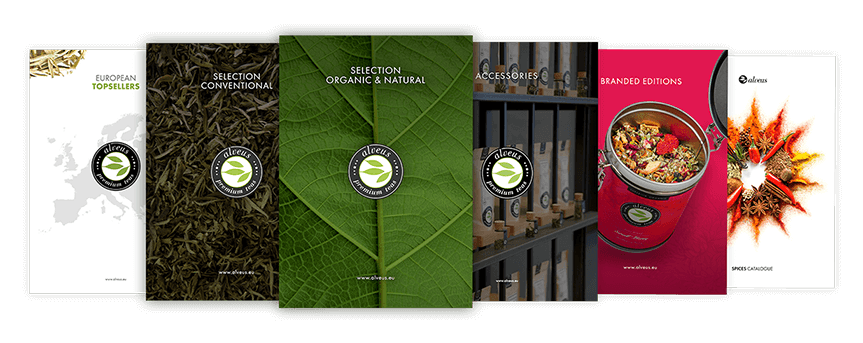
Nor does organic mean fair trade, even though many organic plantations also follow strong social and ethical standards. And it doesn’t guarantee the complete absence of residues: certification aims to minimise risk, but environmental contamination or accidental traces can occur within the limits allowed by regulation.
Likewise, organic tea isn’t decaffeinated; caffeine (or theine, in tea) is a natural compound in the leaf. And although it can form part of a healthy lifestyle, it isn’t a medicinal product and mustn’t be marketed as such.
The Role of the Tea Factory
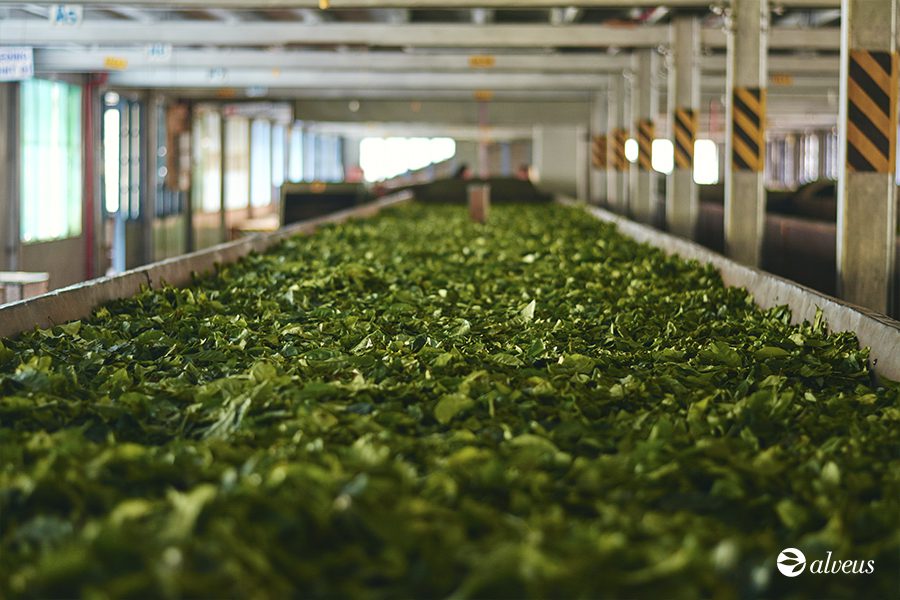
The organic process doesn’t end in the field. Once the leaves are harvested, they enter a processing chain that must follow the same rigorous standards: equipment must be cleaned, organic and conventional batches kept physically separate, each stage recorded, and material flows monitored.
Importing and Creating Blends
For the tea you sell in your shop to be labelled as organic, your importer must also hold a valid organic certificate, especially if they transform the product by repackaging it into smaller sacks or creating blends.
The ingredients used in organic blends — leaves, fruits, flowers, spices — must all come from certified organic farming in order to count towards the total organic percentage.
When it comes to flavouring, the rule is clear: only natural aromas obtained through physical, enzymatic, or microbiological processes are permitted. And crucially, they must be composed of at least 95% of the named ingredient.
The use of dried fruit or vegetable pieces is also regulated: they must not contain preservatives or non-permitted sulphites. Additives such as colourants or anti-caking agents, common in other industries, have no place in the organic tea standard.
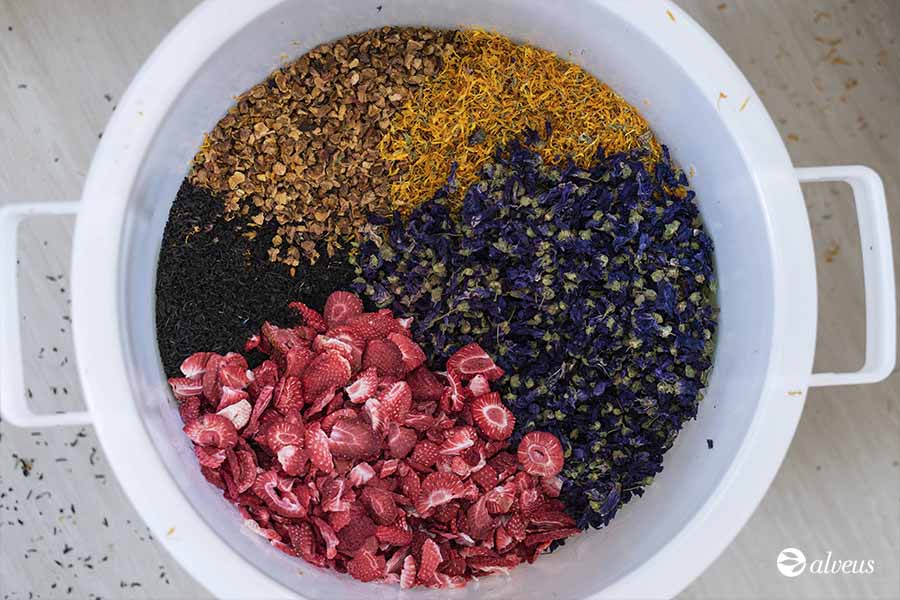
Labelling and Traceability: The Visible Side of the System
Labelling is the public face of the entire process. It’s what connects the customer to everything that happens behind the scenes.
It must also list the ingredients, and, if it isn’t 100% organically sourced, state what percentage is non-organic.
Finally, each package must include the batch number and the responsible operator, so that any audit can trace the product’s journey without interruption.
For shops working with private-label teas, this means a double responsibility: checking that supplier certificates are valid and that every listed product appears in their annexe of approved items.
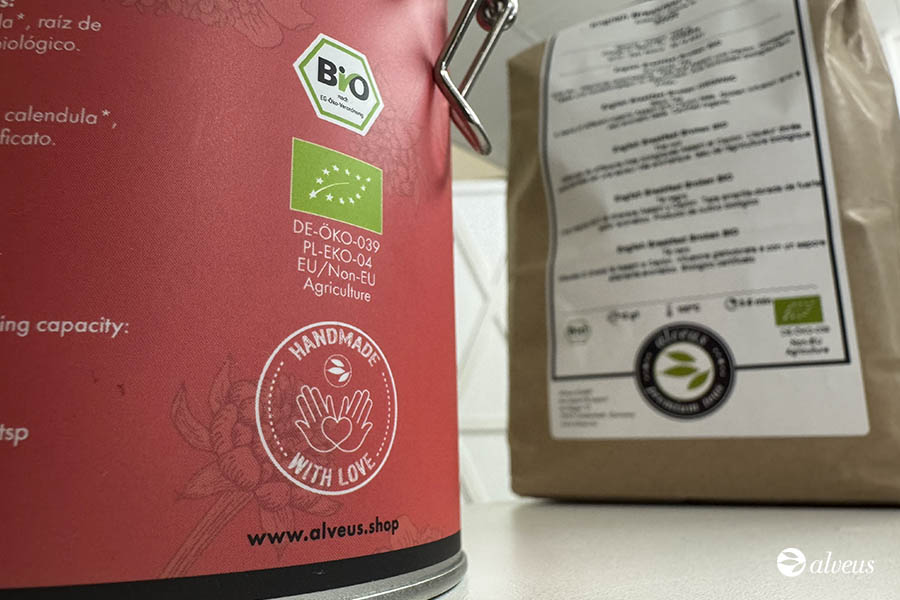
In the Shop: Maintaining Organic Integrity
Once the product reaches the shop, responsibility doesn’t end there. If tea is sold loose or repackaged, you must ensure physical separation between organic and conventional products.
Utensils, scoops, and dispensers should be clearly differentiated, and every product change should be accompanied by documented cleaning.
Labelling storage tins with the batch number, opening date, and expiry date is a best practice that simplifies audits and prevents mix-ups.
Organic teas, especially greens and whites, are more sensitive to oxygen, light, and heat. Implementing a FIFO system (first in, first out) helps maintain their freshness.
It’s also worth remembering a detail that’s often overlooked: the natural aromas used in organic blends are volatile. If non-organic flavoured teas are handled in the same space, they can perfume the air and cross-contaminate nearby organic teas.
To Conclude: What Does “Organic” Mean for Your Business?
Being organic doesn’t mean being perfect; it means being committed. The organic seal represents a chain of responsibility that begins in the soil and ends in the cup. It doesn’t guarantee flavour, but it creates the conditions for quality to express itself fully.
For any professional tea shop or brand, the key lies in maintaining that consistency at every stage: keeping documentation up to date, preserving the product’s integrity at the point of sale, and communicating with accuracy and verifiable facts.
Because in tea, as in any agricultural product, organic isn’t a trend. It’s a way of working that, when properly understood, strengthens both trust and the value of what you offer every day.
